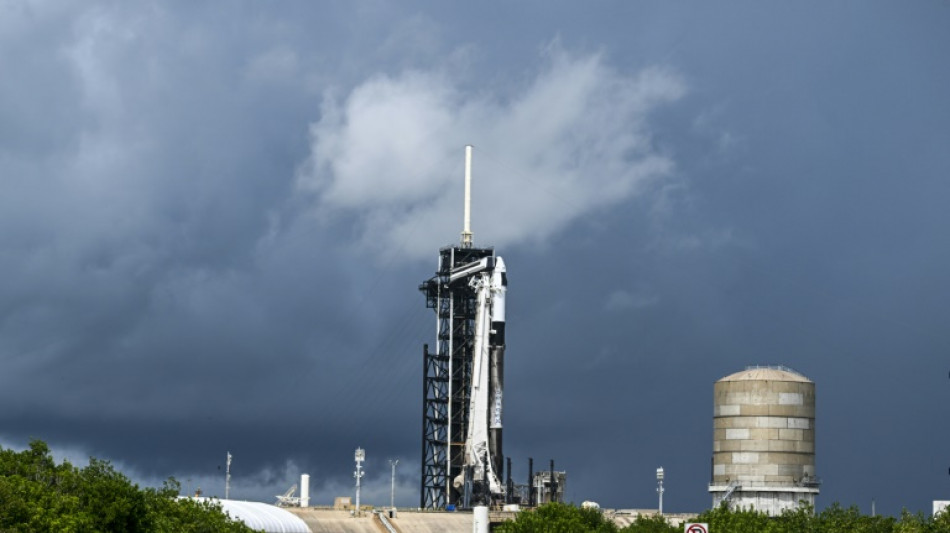
RBGPF
0.1600


The SpaceX Polaris Dawn mission, a daring multiday orbital expedition that will feature the first-ever spacewalk by private citizens, is targeting liftoff early Tuesday, though weather could play spoilsport.
A four-member crew, led by Shift4 Payments CEO Jared Iscaacman, is also aiming to fly deeper into space than any other manned mission in more than half a century, reaching a peak altitude of 870 miles (1,400 kilometers).
"SpaceX is targeting Tuesday, September 10 at 3:38 am ET (0738 GMT) for Falcon 9's launch of Polaris Dawn to low-Earth orbit from Launch Complex 39A at NASA's Kennedy Space Center in Florida," SpaceX said in a news release.
There are two additional launch opportunities within a four-hour window, at 0923 GMT and 1109 GMT -- but the weather is currently only 40 percent favorable. SpaceX will carry a webcast on its website beginning roughly three-and-a-half hours before liftoff.
If they launch, the highlight of the mission will be the first spacewalk composed entirely of non-professional astronauts, who will be wearing sleek, newly developed SpaceX extravehicular activity (EVA) suits outfitted with heads-up displays, helmet cameras, and an advanced joint mobility system.
On the first day of their mission the craft will travel so high that it will briefly enter the Van Allen radiation belt, a region teeming with high-energy charged particles that can pose health risks to humans over extended periods.
The mission has been delayed several times, initially due to a technical issue with the launch tower and since then because of weather constraints.
The Crew Dragon capsule will not dock with the International Space Station, which is why the weather needs to be favorable during both the launch and splashdown phase, around six days after liftoff.
- Two years' preparation -
Isaacman has declined to reveal his total investment in the project, though reports suggest he paid around $200 million for the SpaceX Inspiration4 mission in September 2021, the first all-civilian orbital mission.
Rounding out the team are mission pilot Scott Poteet, a retired US Air Force lieutenant colonel; mission specialist Sarah Gillis, a lead space operations engineer at SpaceX; and mission specialist and medical officer Anna Menon, also a lead space operations engineer at SpaceX.
The quartet underwent more than two years of training in preparation for the landmark mission, logging hundreds of hours on simulators as well as skydiving, centrifuge training, scuba diving, and summiting an Ecuadorian volcano.
Polaris Dawn is set to be the first of three missions under the Polaris program, a collaboration between Isaacman, the founder of tech company Shift4 Payments, and SpaceX.
Also on their to-do list are testing laser-based satellite communication between the spacecraft and Starlink, SpaceX's more than 6,000-strong constellation of internet satellites, in a bid to boost space communication speeds, and conducting 36 scientific experiments.
Among these are tests with contact lenses embedded with microelectronics to continuously monitor changes in eye pressure and shape.
M.Matsumoto--JT